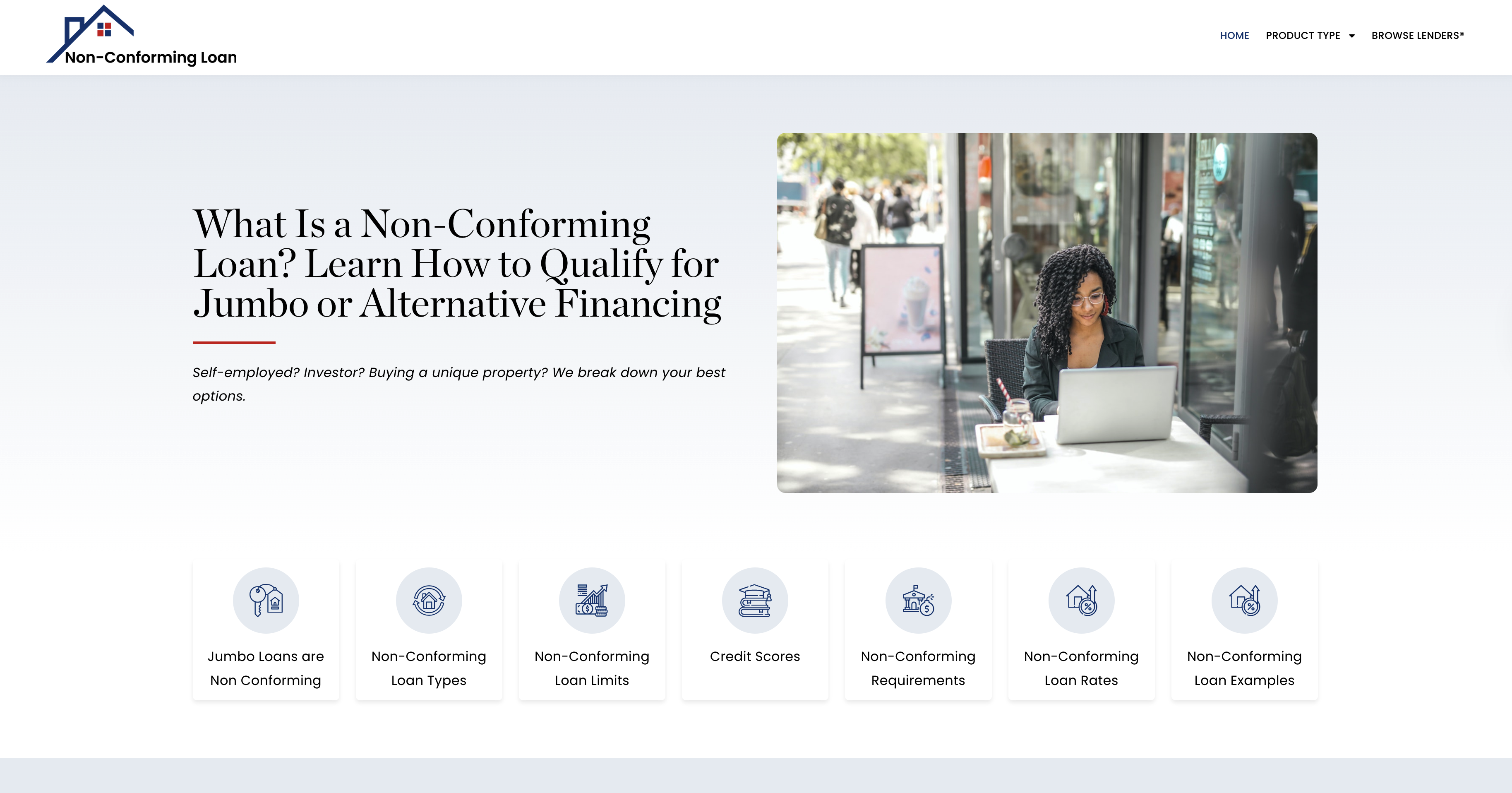Case Study: Securing a 5.5% Mortgage Instead of 7.25% Through Credit Repair
Derek and Tasha Robinson, a married couple in their early 40s from Charlotte, North Carolina, had been renting for over a decade. In 2023, after years of steady employment and raising two kids, they were finally ready to become homeowners. They identified a newly built three-bedroom property in a fast-growing neighborhood priced at $390,000.
They approached a lender in early May and were preapproved for a mortgage. However, their Middle Credit Score®—a 656—placed them just below the 660 mark typically required for mid-tier pricing. Because of this, the lender quoted a 7.25% 30-year fixed mortgage with a requirement of 5% down. The Robinsons were disappointed. At that rate, their monthly mortgage payment (excluding taxes and insurance) would be $2,127.
Motivated to improve their affordability, the Robinsons asked their lender what it would take to secure better pricing. The loan officer told them that raising their score to 680 could place them in a new pricing tier with an estimated rate of 5.5%—a difference that could save them tens of thousands in interest over the life of the loan.
Credit Repair Strategy:
- Credit Report Review: The Robinsons obtained copies of their credit reports and discovered three small collection accounts totaling $1,030. Two were from old utility bills; one was a forgotten medical co-pay.
- Pay-for-Delete Agreements: With guidance from a credit coach, they contacted each collection agency and negotiated a pay-for-delete settlement. All three items were removed within 45 days of payment.
- Utilization Adjustment: Tasha had a retail store credit card with a $2,000 limit and a $1,800 balance. They used $1,000 in savings to pay it down to $300. This dropped her individual utilization from 90% to 15%, which had a significant impact on their combined Middle Credit Score®.
- Added Credit Mix: Derek applied for a secured credit card from his local credit union and used it to pay for gas and groceries weekly. By paying it off every Friday, he ensured both usage and zero carryover balance.
- Authorized User Strategy: Their cousin, who had a 12-year-old Discover card with a $25,000 limit and perfect payment history, added Tasha as an authorized user. This boosted her average account age and lowered the couple’s overall utilization.
- 24-Month Credit Trend Rebuild: Derek had one 30-day late payment on an auto loan from 2021. He wrote a goodwill letter to the lender, citing a family medical emergency, and the account was updated to “paid as agreed” after review.
Results in 60 Days:
By the time the Robinsons returned for a rate update in July, their Middle Credit Score® had risen to 684.
- New mortgage rate offered: 5.5% fixed, 30-year
- Monthly mortgage payment: $1,795 (a reduction of $332/month)
- Total interest savings over 30 years: Approximately $119,520
Other Benefits:
- With the lower rate and DTI ratio, the lender waived a portion of the reserve requirement.
- They became eligible for a state-sponsored down payment assistance grant worth $6,000.
- Their PMI (private mortgage insurance) premium decreased by 0.45%, saving them an additional $67/month.
Long-Term Gains:
- The monthly savings allowed the couple to build an emergency fund for the first time in five years.
- Their improved credit profile made them eligible for a cash-back credit card with 15 months at 0% APR, which they used for furniture purchases and paid off within the promotional period.
- Their lender offered to refinance for free if rates dropped again within the next three years.
What the Robinsons Learned:
The Robinsons were surprised by how much power they had to improve their credit in a short time. They initially thought mortgage rates were locked and non-negotiable, but they learned that lenders tier rates based on credit brackets. Even small actions—like disputing an inaccurate late payment—can yield large financial results.
They also realized that working with a credit professional gave them direction and accountability. The couple now meets quarterly to review their credit, debt, and savings goals. They’ve become passionate about financial education and are planning to teach a budgeting class at their local church.
Takeaway:
The Robinsons’ experience highlights the massive difference a 28-point credit score increase can make in homeownership. By executing a focused repair strategy, they secured a 1.75% lower interest rate, dramatically reduced their monthly payment, and gained peace of mind. Their story proves that investing in credit repair is one of the smartest moves a homebuyer can make.
The Timeline Behind the Transformation: The Robinsons documented every step of their credit repair timeline, not just for themselves but to help others. They created a calendar with weekly tasks, from contacting creditors to tracking when paid accounts would update on their credit reports. This process gave them structure and made the overwhelming feel manageable.
Week 1: Requested reports and created a checklist. Week 2–3: Contacted collection agencies, sent certified letters, and negotiated settlements. Week 4–5: Paid down revolving accounts, initiated goodwill letters, and confirmed all agreements in writing. Week 6–8: Confirmed deletions and rescored credit using their lender’s rapid re-score service.
Financial Literacy as a Tool for Empowerment: The credit coaching the Robinsons received included mini workshops about FICO score composition, interest amortization, and DTI calculations. These sessions demystified lending criteria and gave them the tools to take action confidently. They also learned to read loan estimates line by line, spotting areas where negotiation was possible, such as origination fees or discount points.
The Psychological Impact: What’s often overlooked in credit success stories is the emotional burden lifted. Tasha described sleeping better once their rate locked at 5.5%, and Derek felt a renewed sense of confidence leading financial conversations at work. Their children, observing the change in energy at home, became more interested in saving and budgeting.
Spillover Benefits to Other Life Areas:
- Their landlord offered to release them early from their lease with no penalty once they explained they were closing on their first home.
- Their employer offered a $2,000 relocation grant after hearing about their transition, based on improved stability and projected tenure.
- Derek used his new credit score to lease a safer family vehicle at a lower monthly rate and no down payment.
Community Involvement and Paying It Forward: The Robinsons became local advocates for credit education. They started speaking at first-time homebuyer seminars and partnered with a local nonprofit to offer free credit repair resources. Their story became a featured segment on a regional news program during Financial Literacy Month.
Reinforcing Habits Post-Closing: To maintain their improved credit, the Robinsons:
- Set reminders to check their credit every 90 days.
- Enrolled in a subscription-based credit tracking platform.
- Created a “no unnecessary credit” rule to avoid inquiry spikes.
- Automatically transferred $200/month into savings, creating a six-month emergency fund by the following year.
Key Metrics and Data Reflections:
- Their DTI dropped from 46% to 34% due to paid off accounts.
- Their collective credit card utilization fell from 62% to just under 18%.
- Their savings rate increased by 9% after restructuring their monthly payment obligations.
In Retrospect – The Couple’s Advice to Others: “If someone had told us we could save over $100,000 in interest by doing 60 days of work, we would have done it five years ago,” Derek said. “You just don’t know what you don’t know—but once you do, you feel powerful.”
Tasha added, “Credit repair is more than improving your score. It’s about giving yourself options—and peace.”
Their message is simple but compelling: Invest time into understanding your credit now, and you’ll reap dividends for decades.
Middle Credit Score® Support Center
Browse Lenders® – Speak with a Lending Expert






